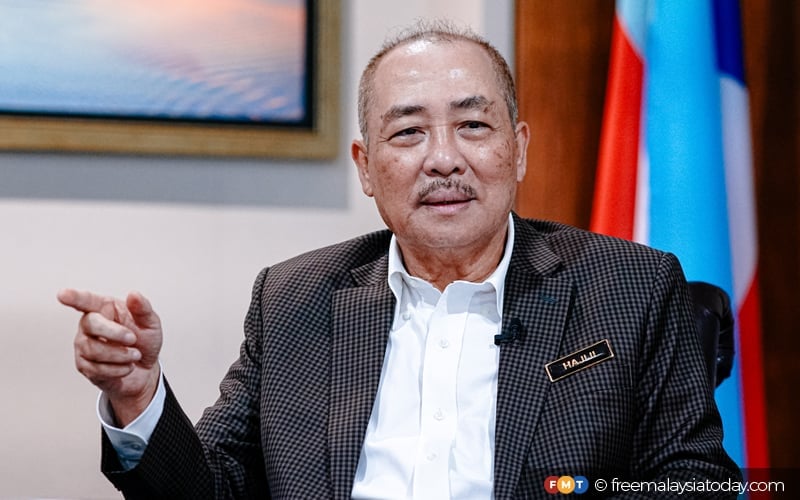PETALING JAYA: Sabah residents are no strangers to power cuts.
For years, people living in Malaysia’s second-largest state have experienced waves of power outages. In May 2023 alone, two blackouts affected over 800,000 people, The Vibes reported.
Earlier this month, Sabah chief minister Hajiji Noor said the state’s power supply issues are largely the result of an increase in demand from investors and businesses opening up in the state.
As Sabah’s economy continues to grow, the demand for electricity in the state is projected to increase by 4.8% over the next 10 years.
FMT takes a look at Sabah’s electricity supply ecosystem and what the state is doing to overcome the issues and catalyse the economy.
Sabah’s electricity ecosystem
Electricity in the state is managed by Sabah Electricity Sdn Bhd (SESB) in which Tenaga Nasional Bhd holds an 83% stake. The remaining shares are held by the Sabah government.
SESB ensures electricity generation from various sources, including gas and diesel power plants, as well as renewable energy like solar and hydroelectric power plants.
Sabah’s baseload power requirement is 1,080 megawatts (MW), but its maximum power demand can hit 1,200MW.
This is why Hajiji has given his assurance that the state government is fast-tracking power generation projects to ensure the availability of 30% spare capacity at any one time, Bernama reported.
In the short term, Sabah will lease diesel-powered generators capable of producing 100MW and extend a diesel power plant in Tawau by 70MW to address the power supply issue, all while completing a large-scale 62MW solar project.

Changes on the horizon
The Sabah state assembly recently passed three bills to enable the state government to take over the regulation of electricity supply and renewable energy from Putrajaya.
This means the new regulator of Sabah’s energy sector is now the state-owned Energy Commission of Sabah, which aims to provide secure, sustainable, affordable and accessible energy for the state.
Renewable energy is a big part of the commission’s mandate, with hydropower key to the state’s aspirations, according to the Sabah Energy Roadmap and Master Plan 2040.
Sabah calls for hydro
Peter Lajumin, chairman of the Renewable Energy Association of Sabah (REASabah), said hydroelectric power is more dependable as an energy source compared to other renewable energies such as biomass and solar power.
He said hydropower is the only renewable energy source that is powerful enough to generate electricity to support the state’s rapid industrialisation.
“We really need hydropower to support the industrialisation that is happening in Sabah. Other renewable energies come in handy to complement the state’s energy generation capacity,” Lajumin told FMT.
He also called for more private investors to join the state government in developing hydropower projects by funding engineering and feasibility studies.

Gamechangers
As of 2022, Sabah’s hydro capacity stood at just 102MW, contributing a mere 4% to Sabah’s energy generation mix.
Last year, the 40MW Telekosang 1&2 project commenced operations, while the One River Power project is expected to be operational this year.
More recently, Prime Minister Anwar Ibrahim officiated the groundbreaking for the Ulu Padas Hydroelectric Project (UPHEP).
The RM4 billion undertaking aims to ensure Sabah has a dependable source of electricity that can meet 15% of its energy needs.
Upon completion in 2029, the new dam will boast an installed capacity of 187.5 MW and extend electricity transmission by connecting the southern and southeastern parts of the state.
Hajiji is confident UPHEP will resolve Sabah’s water supply issue in the longer term.
“The dam would be able to release up to 6,000 million litres of water daily. In Kota Kinabalu, people would only need to use about 500 to 600 million litres of water per day, not even close to 1,000 million litres yet,” he said.
